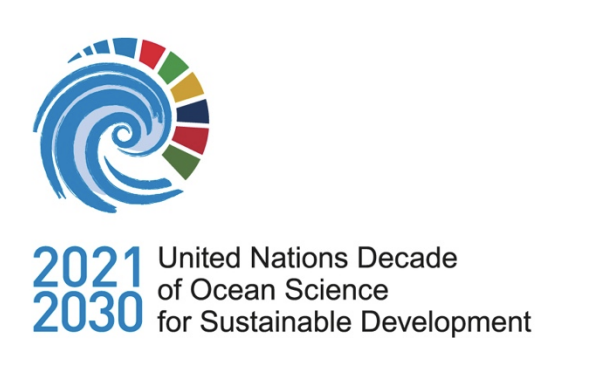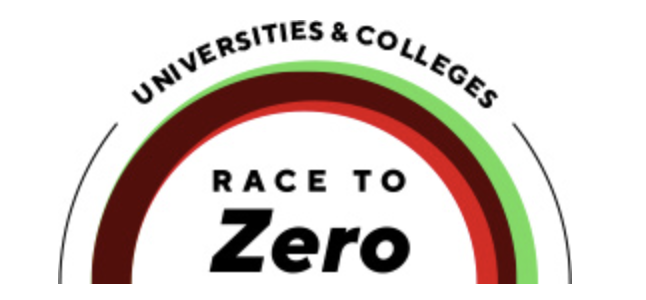Last Saturday was international coastal clean up day and we at ioi contributed by participating in the coastal clean up sponsored by the Galapagos National Park. Every one has their own personal volunteer project but on this day we all came together to help a worthy cause, especially here in the islands where keeping the land as clean as possible not only benefits the terrestrial animals but also helps keep the ocean clean, one of the most beautiful aspects of the archipelago. I can’t say that being dropped off on a dirt road at 8 am to pick up various pieces of trash is my ideal Saturday morning; in fact my ideal morning on a Saturday involves a lot more sleep and a lot more coffee than the meager half cup I was able to put down before we had to run off to start the clean up, but this morning was most definitely one to remember.
Despite my under-caffeinated state this clean really got me think about what kinds of impacts people can have on the environment and why the government of Ecuador has so many regulations to try and keep the islands as pristine as possible. Their immigration policies to the islands makes it almost impossible for new comers to move to the islands, you have to be born here or marry some one who is in order to become a legal resident, and after seeing the trash that had accumulated on the side of the road, I understood their reasoning a little better. I don’t think I truly realized the kind of impact people could have on the natural environment in a place like theGalapagos, where the people live side by side with some of the most effective and strict conservation regulations the world over.
The locals understand and respect all of the regulations, but no place is perfect and humans naturally produce trash in mass quantities. I have to commend the park for recognizing this issue and doing it’s best to deal with the issue hosting clean up days and encouraging recycling and respect for the environment in the community. The city also works hard to keep waste to a minimum here as well, each house has four different trash cans in front where they put all the various sorted garbage so as to produce as little waste as possible. Even with just 2,800 people as permanent residents it’s hard to keep their impact here to the bare minimum, but the community is doing it’s best and its possible to see that any where you go, from the fact you have to have a tour guide if you ever travel national park land or that the only 3% of the land will ever be allowed to be built upon, the other 97% a permanent national park and UNESCO world heritage site. This marriage between people and land is truly something special to witness and I hope one day the rest of the world can adopt the same environmental husbandry techniques they use here to protect this unique ecosystem.















